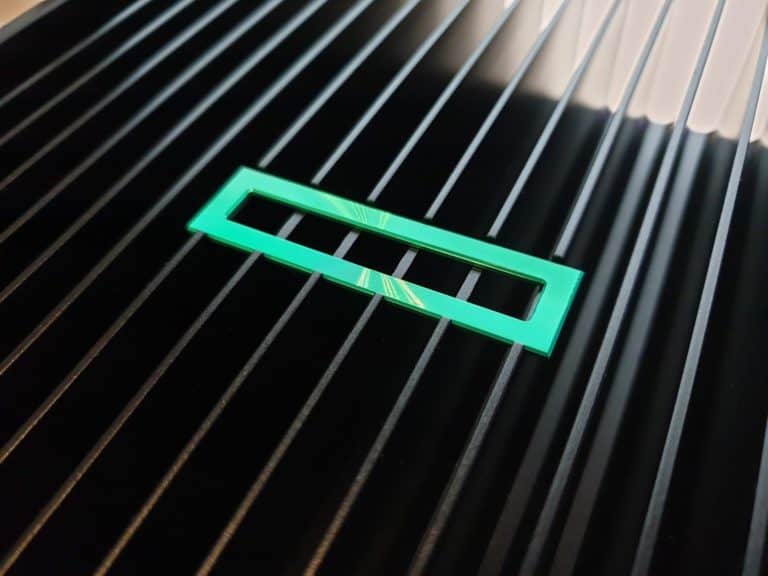Hewlett Packard Enterprise (HPE) has transformed two recent acquisitions into an entirely new container platform, focused on legacy apps. The platform can run both cloud-native and non-cloud-native applications.
HPE used technology from BlueData Software and MapR Technologies for its new HPE Container Platform, writes Silicon Angle.
BlueData Software was acquired last year for an unknown amount. BlueData Software sold the EPIC platform, which aims to simplify the deployment of distributed data processing applications.
HPE also took over the technologies and intellectual property of MapR Technologies in August this year. MapR Technologies had expertise in artificial intelligence (AI), big data and data management.
New platform for legacy apps
The technologies of these two companies have now been converted into the HPE Container Platform, which is based on Kubernetes. The platform offers the possibility to implement containers in different types of infrastructure with a single click, allowing developers to write applications only once to run them anywhere.
The platform specifically targets bare metal deployments that do not use virtual machines, although virtual machines are supported. HPE focuses on organisations that want to move legacy applications that are not easy to migrate to the cloud.
The company claims to have “proven technology” to “run monolithic applications on containers with Blue Data while you’re working to take them into a microservices environment over time.” Microservices uses an architecture to divide software into modular components, after which they are used only when they are needed. Containers are often used to host the microservices.
On-premise use
HPE has announced that the new platform will be sold for use in on-premise environments. “Customers want cloud-native services because they need agility to respond to markets, and if they can do that on-prem next to their data they can then have the option of where to deploy,” said Kumar Sreekanti, CTO of Hybrid IT for HPE.
“We believe this is a significantly lower hurdle for clients to go over than moving to the public cloud.” According to HPE, the approach also offers a more efficient and cheaper way to modernise applications.
When exactly the platform will become available and how much it will cost, will be announced in the first quarter of 2020.
